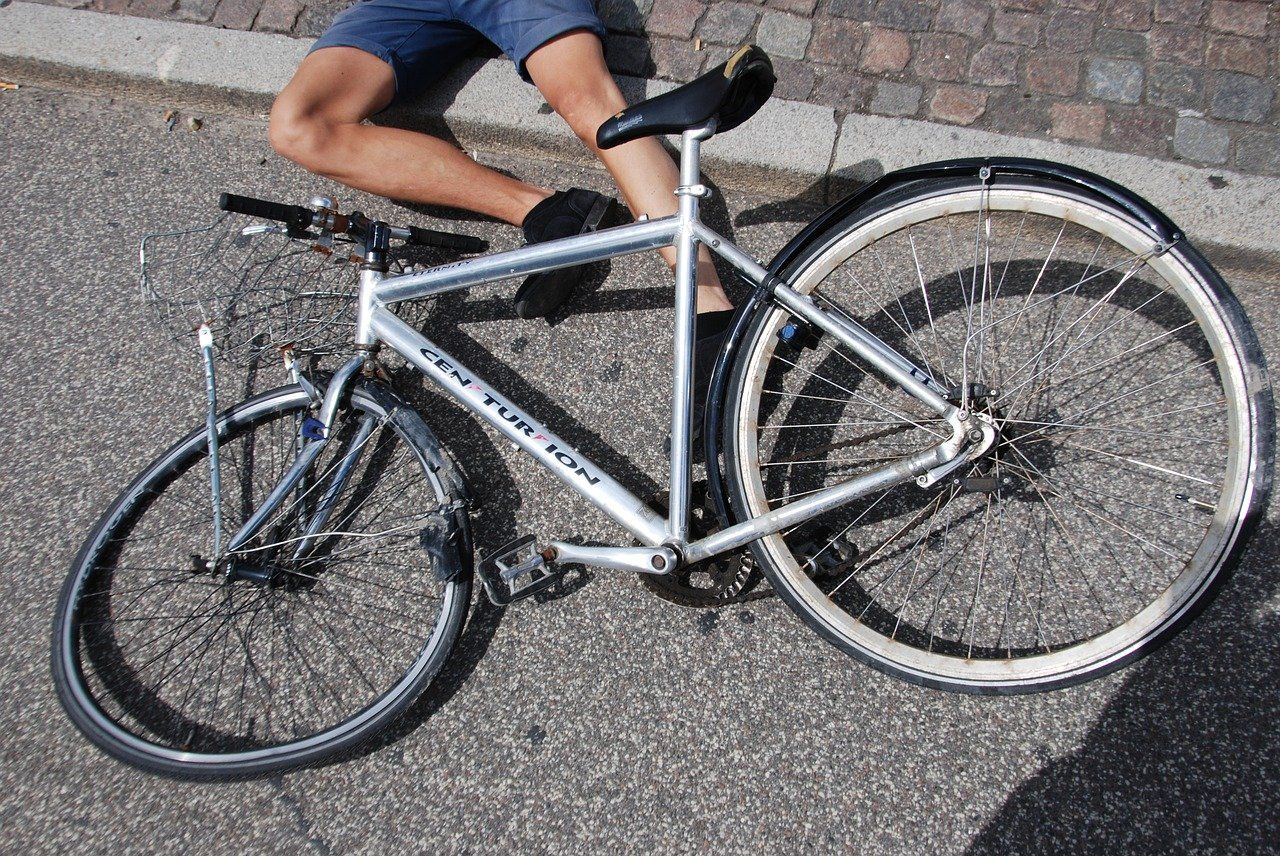Fresno Semi Crashes – When, How, and Why
Fresno Semi Crashes
Located in the heart of California, roughly halfway between Los Angeles and Sacramento (and Los Angeles and San Francisco), Fresno is an unquestionably important hub of commerce, culture, and travel. As a result, every day, thousands upon thousands of cars and trucks travel Fresno’s major roads and the freeways that surround this community. Unfortunately, this traffic volume leads to crashes on a daily basis as well.
Given the number of semi-trucks that pass through or near Fresno on their way to San Jose, the Yosemite Valley, Los Angeles, Orange County, San Francisco, Bakersfield, Greater California, Nevada, and beyond, it is perhaps unsurprising that the Fresno area experiences an unusually significant number of large truck crashes on an annual basis.
How often do truck crashes occur in California and throughout the United States? Why do these crashes occur? Who (or what) is to blame for the majority of these crashes? Answering these questions is important for two primary reasons. First, understanding the “when, how, and why” of truck crashes is the first step towards better ensuring that fewer crashes happen in the future. Second, answering these questions helps accident victims and their attorneys.
Knowing when, how, and why helps during the investigative process and as attorneys seek to build a strong legal case against anyone responsible for harming accident victims.
How Often Do Semi-Trucks Crash?
According to the American Trucking Association, in 2017 alone, large trucks moved just shy of 11 billion pounds of freight on American roads. Trucks are ubiquitous across the U.S. but are unusually present on highways and major streets in and surrounding Fresno. One of the reasons why the Fresno area experiences such high incidences of truck collisions is that Fresno is located in the center of the three primary sources of California production and trade that the trucking industry serves.
The United States Department of Transportation reports that the top kinds of industry goods primarily transported by truck are:
- Dairy, fruit, nuts, and vegetables
- Wood and lumber products
- Agricultural products generally
Given its proximity to California’s forests, agricultural production, and farmland, it would be strange if trucks didn’t roll through the Fresno area at an unusually high rate. For obvious reasons, more traffic tends to lead to more crashes. According to the National Highway Traffic Safety Administration, 112,000 large trucks were involved in 2018 accidents that resulted in injuries that were reported. This means that more than 300 large trucks crashed on U.S. roads and freeways daily in 2018.
When and Where Do Semi-Truck Crashes Occur?
In 2018, the respected independent nonprofit organization IIHS (The Insurance Institute for Highway Safety), analyzed the U.S. Department of Transportation’s Fatality Analysis Reporting System (FARS) for 2018. That analysis revealed sobering truths about the consequences of truck accidents and when and how often trucks crash in California and across the U.S.
The first major data point that the IIHS highlights in its analysis is that more than 4,100 people died in large truck crashes nationwide in 2018. Because trucks often weigh 20-30 times the amount that passenger vehicles weigh, the vast majority of deaths that resulted from these crashes (82 percent) were occupants of other vehicles, pedestrians, cyclists, and motorcyclists. Truck occupants do die in crashes, just at a much lower rate than others impacted by these collisions.
When analyzing two-vehicle crashes involving trucks and passenger cars, a staggering 96 percent of deaths in 2018 were occupants of passenger cars.
Hundreds of thousands of injuries and thousands of deaths are therefore attributed to truck crashes on an annual basis. When and where do injurious and/or fatal truck accidents occur?
According to the IIHS, in 2018:
- 52 percent of truck accident fatalities occurred on major roads, 33 percent occurred on freeways, highways, and interstates, while only 14 percent occurred on minor roads
- Half of fatalities resulted from crashes that took place between 6 a.m. and 3 p.m.
- Only 16 percent of fatalities occurred on Saturdays and Sundays
This data stands in contrast with fatal crashes involving non-trucks. In these cases, one-third of fatalities occurred between 6 a.m. and 3 p.m. and one-third of fatalities occurred on Saturdays and Sundays. This disparity may be, in part, linked to the fact that so few truck crashes are caused by drivers who are drunk. Large truck drivers are far more likely to engage in potentially dangerous behavior because they are tired or distracted (as opposed to drunk). Passenger motorists are more likely to drive while drunk (usually during evening hours and on the weekends) than truck drivers are.
How and Why: When Trucks Crash, Who Is to Blame?
Every truck collision is unique. No two accidents are exactly the same. As a result, it’s important for accident victims (and the loved ones of those who have lost their lives as a result of truck accidents) to speak with an experienced attorney before assuming anything about why the accident occurred and who is to blame. Why? Things aren’t always as they seem. For example, 18 percent of fatal crashes involving large trucks in 2018 were single-vehicle crashes. At first glance, a single-vehicle crash seems as if it must have been caused by driver error. However, dangerous road conditions, weather, mechanical failure, and the behavior of other drivers can absolutely cause drivers to crash through no fault of their own. Taking any detail of an accident for granted can lead to inaccurate conclusions about what happened and who is to blame.
There are some well-understood “trends” that influence the investigative and legal processes in the wake of truck accidents. Truck companies often push their drivers to work in unsafe conditions to further their bottom line. Truckers have massive blind spots and can’t always be held accountable when motorists fail to respect these blind spots and/or distance themselves adequately from the back of a massive truck. Mechanical failure plays a more prominent role in many truck accidents than you might think. And on and on. However, at the end of the day, these are just general pieces of information that help attorneys to begin investigating the unique circumstances of each, individual case.
Legal Assistance Is Available
To receive a thorough case evaluation related to your unique accident, contact our firm today. We are honored to represent victims of truck accidents and the loved ones of those who have been lost in such collisions. We pride ourselves not only on our experience but also on our dedicated and compassionate approach to representation. Working with our legal team means working with professionals who will treat your case with respect, focus, determination, and a passion to secure the maximum amount of compensation to which you may be entitled. Please call our firm for a confidential case evaluation today. We look forward to speaking with you.

Contact Us
Have a question about legal representation? We are here to help. Send us a message and we’ll be in touch within one business day.
Contact Us
We will get back to you as soon as possible
Please try again later
Injury Lawyer Fresno
At Injury Lawyer Fresno we are invested in the well being of our clients and determined to obtain excellent results.
Practice Areas
Contact Us
All Rights Reserved | Apex Legal Media | Sitemap | Privacy Policy | Accessibility Statement | Disclaimer




